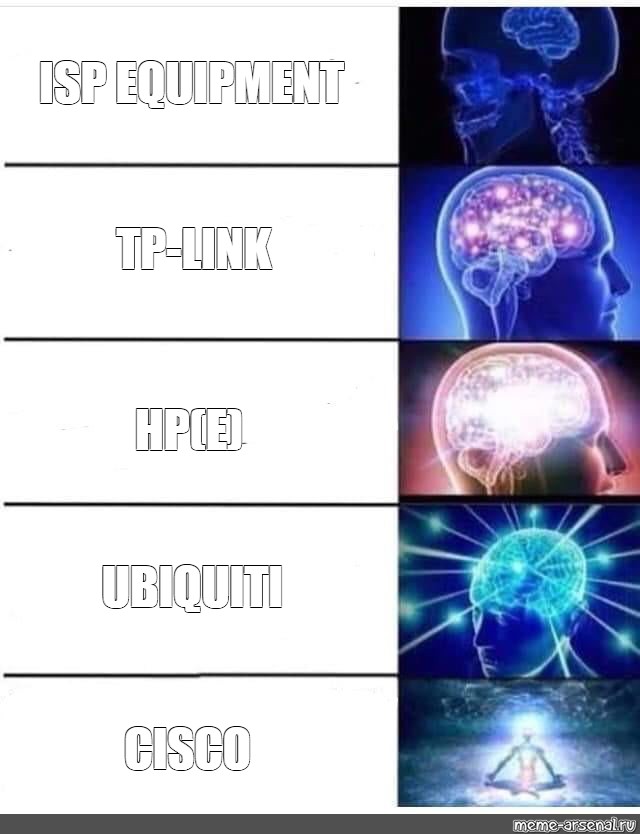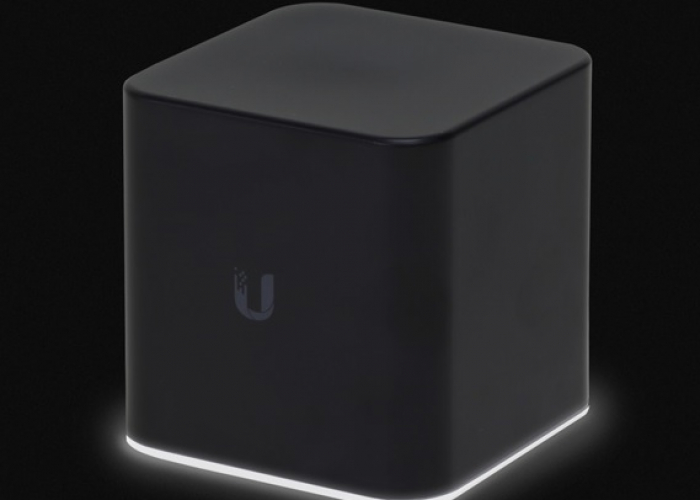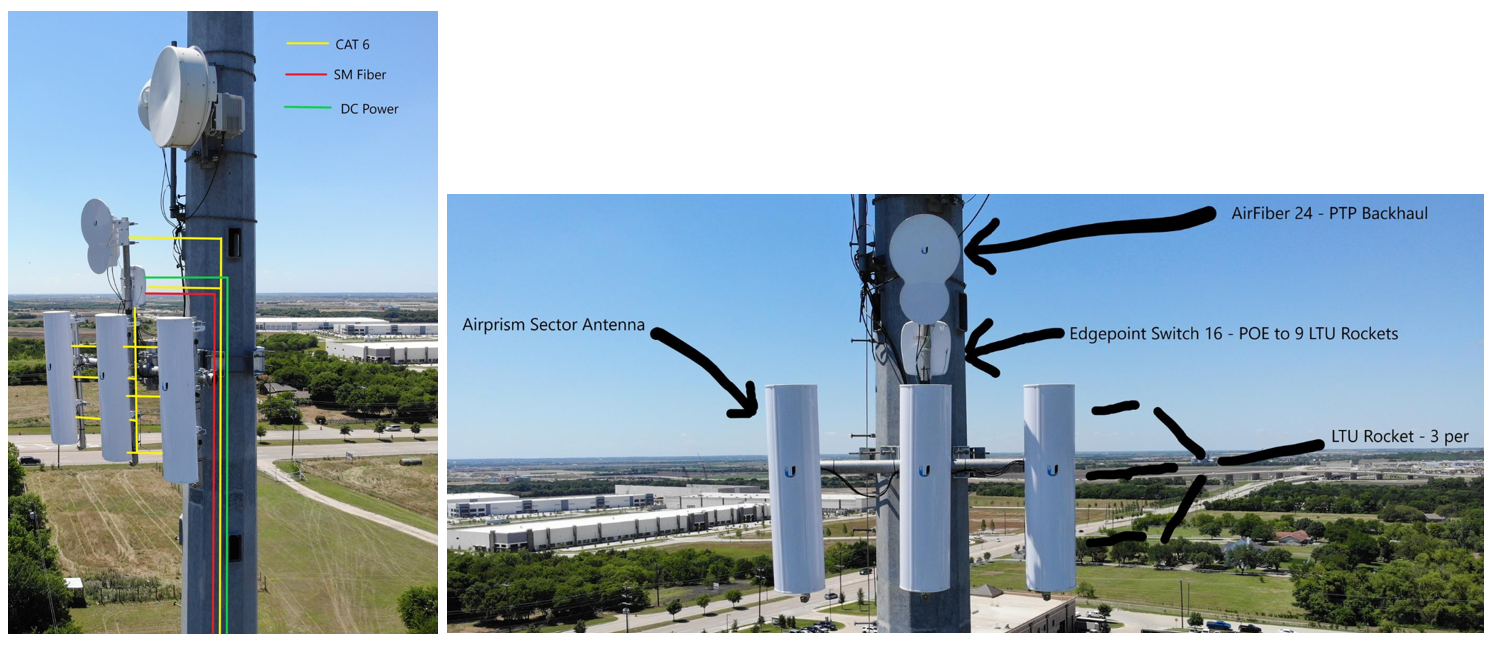First off, THIS IS NOT UNIFI. Many people have only ever used Ubiquiti UNIFI and they will judge all Ubiquiti products only on UNIFI. When that is totally wrong. Unifi and Edgemax are like Apples and Oranges. In fact in fact sometimes it is like Unifi and Edgemax are made by two different companies. and you wonder why there is not more interoperability. It is like comparing Cisco Meraki and Cisco Catalyst equipment. I will make a separate post about Unifi later.
Ubiquiti Airmax and LTU are Ubiquitis products for long range PTP and PTMP wireless. It is also what we use for our PTP/PTMP wirelesss. Ubiquity Edgemax are Ubiquitis ISP and datacenter routers and switchess. The same goes for UISP who are Ubiquitis access routers and switches for ISPs. We use Edgemax switches en masse, routers not really. And we have started to use UISP switches.

LTU
LTU is Ubiquitis new solution for Wirelesss PTP and PTMP links. It is completely proprietary, their excuse being that they wanted to go beyond some 802.11 radio design limitations in order to improve spectral efficiency. And that they did, the theoretical bandwidth is larger than their previous Airmax products. But my experience with them is that their advertised range is not always quite true. Even if you do establish a link at distance the bandwidth over distance tends to drop below what their Airmax products can do. We have established a perfect LTU link over 15km with a clean signal spectrum and well configured, but we were underwhelmed. The increased bandwidth seems to favor the closer links much more than it does with Airmax. However, the product is receiving updates with new optimizations and features and it seems Ubiquiti views it as the future of its 5GHz wireless. It is reasonably stable.
The good:
- Good bandwidth for PTMP wireless
- Reasonable stability
- Still being actively worked and improved upon, a rather fresh product.
- Opt in support for UISP controller.
The bad:
- Utterly incompatible with non-LTU devices
- Range issues
- Still somewhat unfinished
IMO:6/10 that could become a 8/10 after future polish.
Airmax AC
Airmax AC is Ubiquitis workhorse solution for PTP/PTMP wireless links. As it name implies it uses a modified 802.11AC protocol. Unlike LTU it has backwards compatibility with the older Airmax M devices. amd don't quote me on that, but some Airmax devices were able to be configured that you can connect any wireless device, or at least it used to be like that. As for my experience with Airmax AC... Those are solid work horse wireless devices. Links over 30 kilometers. Other links with up to 400/400M in as close to ideal as possible conditions. OK client densitiy. And good device/link stability. But it is not perfect, spreading VLANs over the links is a little bit unintuitive. You can get used to it, but initially it is unintuitive. Another problem is that the product line has an unclear future. Yes, older Airmax M devices are still being sold, and Airmax AC has recently received some new products in the form of the Litebeam 5AC XR. But the new LTU lineup serves 80% of its use cases. And there is the new 60GHz Wave AP which promises multigigabit wireless speeds at short ranges. Maybe there will be an Aimax AX but I doubt that. Another minor paper cut is that they need Passive PoE, they are not compatible with AF PoE.
The good:
- Workhorse reliability.
- Great range
- Good bandwidth/range ratio.
- Somewhat compatible
- Decent client density.
- Opt in support for UISP controller.
The bad:
- Unintuitive VLAN configuration
- Questionable but not too questionable future
- Only passive PoE is supported.
IMO: 8/10
Edgemax switches(Edgeswitch)
When I joined this job I was very sceptical of these switches. But credit where credit is due, those switches have more than proven themselves to me. Their layer 2 performance is stellar, line speed. I know because I saw a 20GB/s DDoS go trough a 2x10G portchannel on one of those devices. So it can do at the very least multiple tens of gigabytes of layer 2 traffic.Some models have some form of dual power supplies. Some models support layer 3 switching but it is very basic with static routes only. I have seen some of those doing 1G+ traffic for years, with several years of uptime. So stability is solid. All of the usual features are there. There is UISP controller opt-in support. If you are familiar with Cisco-alike CLIs you are familiar with Edgemax switching CLIs. Ubiquity calls it 'Industry standard CLI'. And they are CHEAP, a 12SFP+ switch with 4 10G RJ45 ports costs only about 400 euros, that is their top of the line model.
AS for the negatives there aren't many. No stacking or MLAG support. A couple years ago there was a beta firmware that added stacking support, but it was dropped due to instability. No switchport mode dot1q tunnel support for QinQ, but it will pass trough QinQ, it just can't pack QinQ.. And it too has a questionable future. No new devices were announced for 2 years. It's supposed 'replacement'(UISP switches) is not meant to be a replacement by Ubiquity and they lack about 50% of feature parity.
The good:
- Excellent layer 2 performance.
- Redundant power supply on some devices.
- Some limited layer 3 functionality
- Excellent stability, years of uptime.
- Most expected features in there.
- Opt in support for UISP controller.
- Industry standard Cisco-alike CLI.
- Affordable.
The bad:
- Lack of dot1q tunnel mode
- Lack of any kind of stacking or MLAG
- Questionable future of the product line
IMO, for the price point 9/10

Edgemax routers (Edgerouters)
I admit that I have not used many Edgerouters, barely a couple, so I don't have the necessary experience to talk about 'the invisible' qualities of the devices. They are intended as CPE or distribution routers to an otherwise Edgemax/Airmax network. We use other router brands for that, you can see more about that in one of my earlier posts. Their high end Edgerouter 8XG could be used as a core router in some smaller systems, but I have yet to see one of those. From what little experience I have with Edgerouters... If you have experience with Juniper routers, you will be familiar with their CLI, as they use a Juniper alike CLI. They may not be as feature abundant as Mikrotik routers, but they have again most of the standard features one would expect. VPN tunnels, routing protocols like BGP, OSPF, RIP, etc... Also like Edgeswitches, there is opt-in support for the UISP controller. Oh yeah, and there is deep packet inspection support. And again, they are all affordable.
As for their faults, again, like Edgeswitches, their future is questionable. Their supposed replacement UISP routers only work as very simple home CPE routers and have terrible feaure parity. Also, there is a lack of 10G models, there is their top of the line Edgerouter 8XG which has 8 10G ports as the name implies, but that is it. All the rest are 1G models. So there is a big empty gap between the 1850$ Edgerouter 8XG and the 400$ Edgerouter Pro 8.
The good:
- Juniper-alike routing CLI
- Feature complete
- Opt in UISP controller support
- Deep packet inspection
The bad:
- Questionable future of the product line
- Big gap between the single top 10G model and the other 1G models.
IMO ?/10 as I have very little experience with the devices.
Edgemax X switches(Edgeswitch X)
Edgemax X is a small sub-lineup of Edgemax. Despite the X in its name, there are no 10G devices in it. Edgemax X switches are meant as small access switches. They have an industry standard CLI, but there is no console port, you can reach the CLI only via SSH. It can be adopted into a UISP controller, opt in. It has somewhat fewer features than Edgemax devices, or rather some features have commands, but no real functionality implemented behind the commands. I did not notice any stability and troughput problems, so that is solid. Edgemax X is essentially stripped down Edgemax.
The good:
- Industry standard CLI
- Opt in UISP controller support
- Solid stability
- Very cheap
The bad:
- Lack of features
IMO 6.5/10 Solid, cheap, but falls short.
Aircube
The Aircubes are home routers with integrated wifi access points designed to be used in tandem with Airmax equipment. I personally use 2 of those at home. As most of the equipment mentioned here, it can be adopted into the UISP controller. It lacks any sort of CLI, but for the purposes of this device it does not need any, it has a web interface. Also this device is pretty basic with supported features. One thing that is impressive with this device is the range of the wireless signal, I am able to catch my home wifi signal from the closest coffee shop. I have not noticed any instability issues with it. But one thing to know is that it is still stuck on 802.11AC and there is no sign of Ubiquity releasing any new devices to the lineup. And it has competition from the Unifi camp, if you are looking for features in a home oriented device, you should be looking at the Ubiquity dream router.
The good:
- UISP controller opt in support
- Good range on the WiFi
- Works most of the time
- Cheap
The bad:
- Again, questionable future of the lineup.
- Better to use the Unifi Dream router if you can afford it.
IMO 7/10 Good for its price.

UISP Switches
The UISP hardware is Ubiquitis brand new lineup of hardware that will replace and or coexist with the rest of the hardware that I have mentioned here. So far it is definitely aimed at the access layer rather than the distribution or core network. And there is further proof of that in the fact that the UISP switches that I have used so far seem to be Edgeswitches X in disguise. These devices are meant to be used with the UISP controller only, and they are not meant to have their own management plane. But that is not completely true. You can enable SSH access to them, which is disabled by default on them. And when you do you will notice that it is exactly the same as it is on the Edgeswitch X. What bothers me is that it is an opt-out support, and one where you have to go trough hoops to opt-out of the UISP controller. Someone who has no UISP controller is going to be in trouble, but it is possible to use this device without a UISP controller. You have to install UISP on your mobile phone, adopt the device there, and then enable SSH. I do not like where that trend is going. Although they are giving a lot of care to the platform and some things are improving. Other than that it is pretty much an Edgeswitch X but with the web interface disabled.
The good:
- The future of Ubiquitis ISP oriented products.
- Industry standard CLI, even though hidden deep.
- Cheap
The bad:
- Lack of features, although with a tendency for improvement
- OPT-OUT UISP controller support, and you have to go trough hoops to avoid it.
IMO 6.5/10 but ask me again in 3 years.
UISP controller
And finally we get to that about the UISP controller. The UISP controller is Ubiquity's centralised network management software for their devices. And I am very impressed by it. This is where most of their development has been going. You can monitor your network on it. You can manage all of the devices that I have mentioned earlier, although some features are CLI only. It has nice network mapping features based on Openstreetmap and optionally Google maps. It has a wireless link quality calculator with suggestions on how to improve your wireless link. It has reasonable support for 3rd party network devices. It has netflow support. And at the very least it is useful for automated configuration backups of Ubiquity devices. It even has a CRM module, in fact the CRM is half of that software. You can manage your clients from the CRM, you can establish a ticketing system, you can even send invoices to your clients. A NMS and CRM in one. If I were to start my own small ISP tomorrow, because of the UISP software I would probably go full Ubiquiti(with maybe a refurbished Cisco 3750 switch here and there). And it is free of charge. I only wonder why UISP and UNIFI pretend like each other doesn't exist.
The good:
- Centralised network management with incident detection
- Centralised network management
- Ubiquitis bet for the future of their ISP platforms
- Extensive network mapping features
- Extensive wireless link monitoring and calculations
- Reasonable support for 3rd party devices
- Netflow monitoring
- Automated configuration backups of supported network devices. In fact why not use it just for this?
- Integrated CRM
- Integrated ticketing system
- Integrated invoicing
- Free of charge
The bad:
- Not sure I like the concept of UISP only devices.
- Utterly ignores Unifi
IMO 9.5/10

The conclusion
Ubiquiti products are hit and miss. Although the products that I mentioned earlier, most of the time I am quite satisfied with them. I do not reccomend using those products in the core of ISPs and large enterprises. No. But why not use them in less importatn areas of ISPs and Large enterprises? Distribution and access. They should do just fine there and be excellent value for the price. But I do recommend those products for small ISPs and medium to small businesses. There they are excellent for their capabilities.



No comments:
Post a Comment